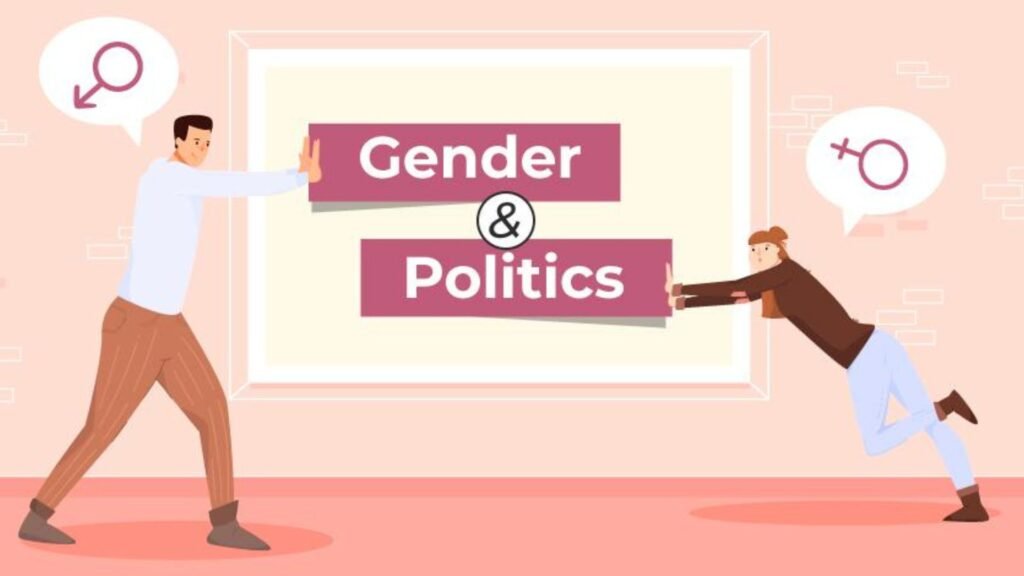Education’s Role in Achieving Gender Equality
Education’s role in achieving gender equality is crucial for building a more equitable society. Education shapes individuals’ opportunities and perceptions, influencing how gender roles and expectations are formed and challenged. By addressing gender disparities and promoting inclusive practices, education can play a significant role in fostering gender equality. This article will explore the impact of education on gender equality and highlight strategies for creating more equitable educational environments.

Why Education is Key to Gender Equality
Education’s role in achieving gender equality is significant for several reasons:
- Foundation for Opportunities: Education provides the foundation for future opportunities. Ensuring that all genders have equal access to quality education helps level the playing field and opens doors for career and personal development.
- Shaping Attitudes: Schools and educational institutions shape attitudes and beliefs about gender roles. By promoting gender equality within education, we can challenge and change traditional stereotypes and biases.
- Empowerment: Education empowers individuals with knowledge and skills. For women and marginalized genders, access to education can lead to greater self-confidence and the ability to advocate for their rights and opportunities.
- Long-Term Impact: Educating both boys and girls about gender equality fosters a more inclusive mindset, which can lead to long-term societal changes in attitudes towards gender roles and equality.
Key Areas Where Education Influences Gender Equality
Education impacts gender equality in several important areas:
1. Access to Education
Ensuring equal access to education is fundamental for gender equality:
- Eliminating Barriers: Remove barriers that prevent girls and marginalized genders from attending school, such as economic constraints, cultural norms, and safety concerns.
- Promoting Enrollment: Implement programs to encourage enrollment and retention of all genders in educational institutions, particularly in areas where disparities are significant.
2. Curriculum and Teaching Practices
The curriculum and teaching practices play a crucial role in promoting gender equality:
- Inclusive Curriculum: Develop and implement a curriculum that includes diverse perspectives and challenges gender stereotypes. This helps students understand and respect different gender identities and experiences.
- Gender-Sensitive Teaching: Train teachers to use gender-sensitive teaching practices that avoid bias and promote equal participation among all students.
3. Career Guidance and Opportunities
Career guidance and opportunities in education should be equitable:
- Unbiased Counseling: Provide unbiased career counseling that encourages students of all genders to explore a wide range of professions and academic fields.
- Support for Non-Traditional Fields: Offer support and resources for students pursuing non-traditional careers for their gender, such as women in STEM or men in caregiving roles.
4. Preventing and Addressing Gender-Based Violence
Educational institutions should address and prevent gender-based violence:
- Safe Environments: Create safe and supportive environments where students feel secure and valued, free from harassment and violence.
- Awareness Programs: Implement awareness programs and workshops on issues such as sexual harassment, consent, and gender equality to educate students and staff.
Strategies for Promoting Gender Equality in Education
To effectively leverage education in achieving gender equality, consider the following strategies:
1. Implement Gender-Responsive Policies
Develop and enforce policies that promote gender equality within educational institutions:
- Equal Opportunity Policies: Create and enforce policies that ensure equal opportunities for all students, regardless of gender.
- Anti-Discrimination Measures: Implement measures to prevent and address gender-based discrimination and harassment in schools and universities.
2. Encourage Gender Diversity in Education
Promote gender diversity among educators and leadership roles:
- Diverse Role Models: Encourage a diverse range of educators and leaders in schools to provide students with role models from various gender identities.
- Leadership Training: Provide training and support for women and marginalized genders to pursue leadership positions in education.
3. Foster an Inclusive School Culture
Create a school culture that values and supports gender diversity:
- Inclusive Activities: Design extracurricular activities and programs that promote gender equality and encourage all students to participate.
- Student Engagement: Involve students in discussions and initiatives related to gender equality, allowing them to contribute to creating a more inclusive environment.
4. Promote Gender Equality in Higher Education
Ensure that higher education institutions support gender equality:
- Scholarships and Support: Offer scholarships and support programs for underrepresented genders to pursue higher education and research opportunities.
- Inclusive Research: Promote research on gender issues and ensure that academic studies address and contribute to gender equality.
5. Community and Parental Involvement
Engage communities and parents in promoting gender equality in education:
- Awareness Campaigns: Run campaigns to raise awareness about the importance of gender equality in education and encourage community support.
- Parental Education: Educate parents about gender equality and how they can support their children’s education and career aspirations.
Benefits of Gender Equality in Education
Achieving gender equality in education offers several benefits:
- Enhanced Opportunities: Equal access to education provides all students with the opportunity to succeed and achieve their full potential.
- Reduced Gender Gaps: Gender equality in education helps close gaps in career and income opportunities, contributing to a more balanced workforce.
- Informed Society: Educating all genders about equality and respect fosters a more informed and inclusive society.
- Long-Term Change: Promoting gender equality in education leads to long-term societal change by challenging stereotypes and building a foundation for equality.
Conclusion
In conclusion, education’s role in achieving gender equality is pivotal for creating a more just and equitable society. By addressing barriers to education, promoting inclusive curricula, supporting diverse career opportunities, and preventing gender-based violence, education can drive significant progress toward gender equality.
Implementing strategies such as gender-responsive policies, fostering inclusive cultures, and engaging communities helps ensure that all individuals have equal opportunities to succeed. Committing to these practices in education not only benefits students but also contributes to a more equitable and inclusive society for future generations.



